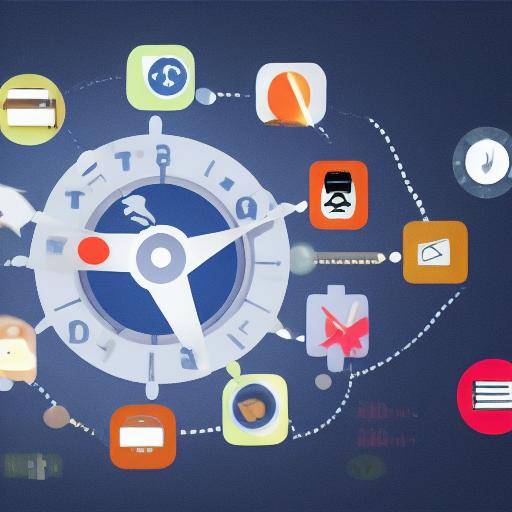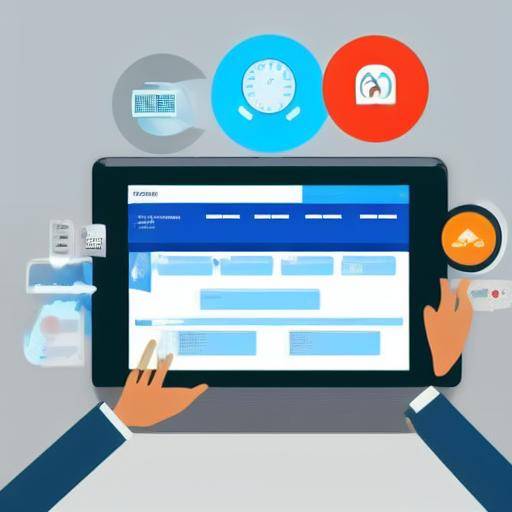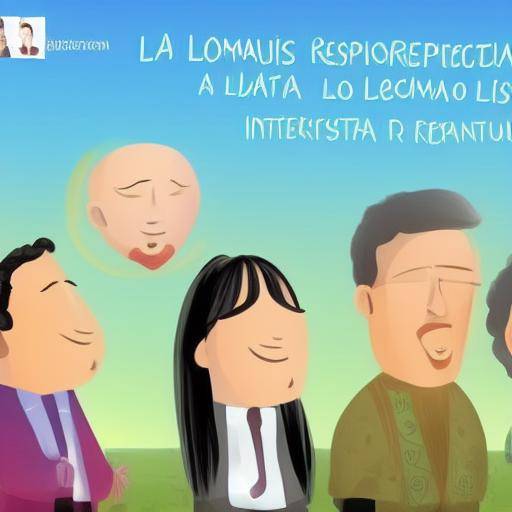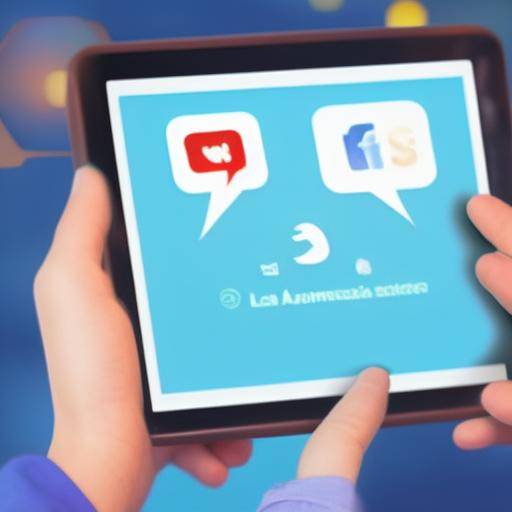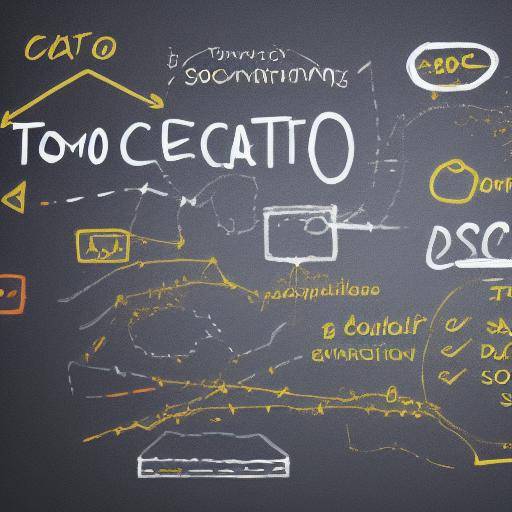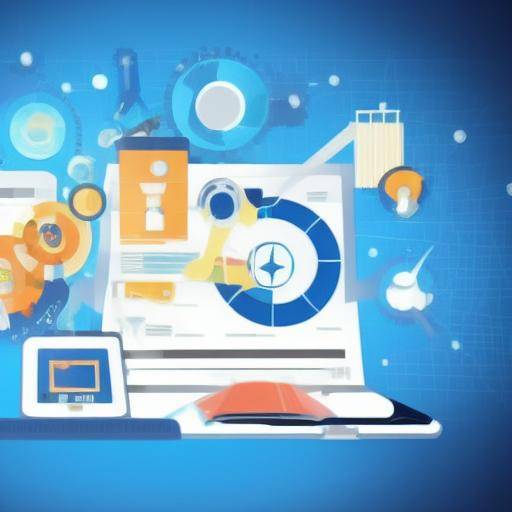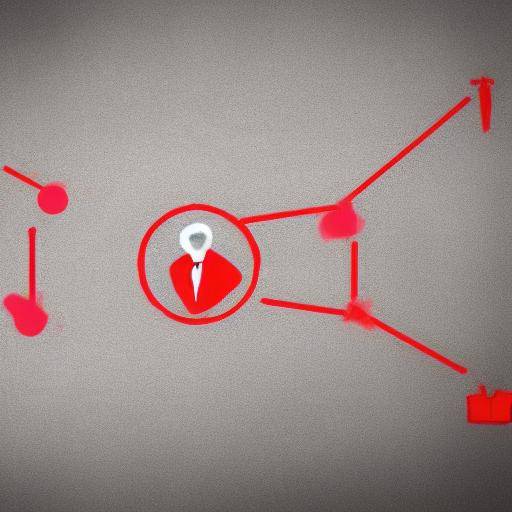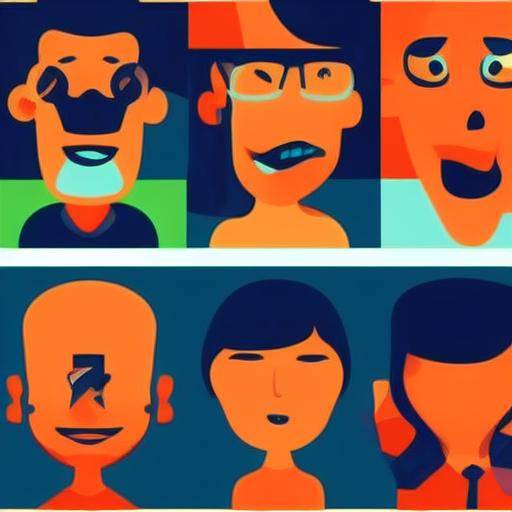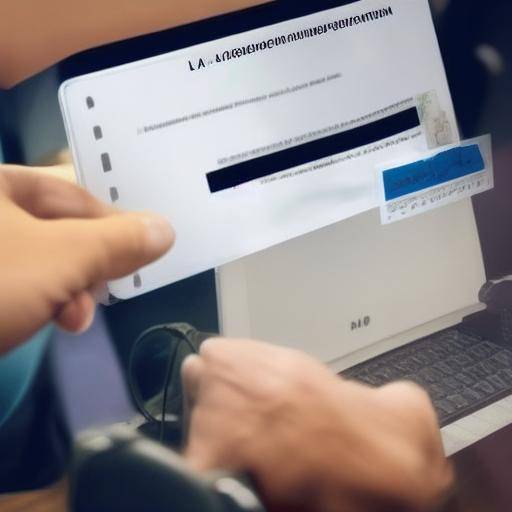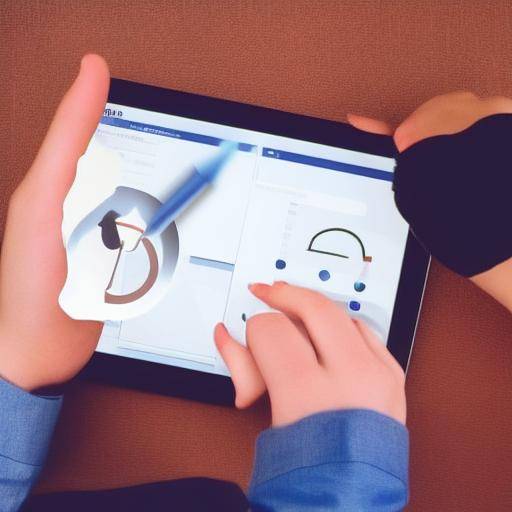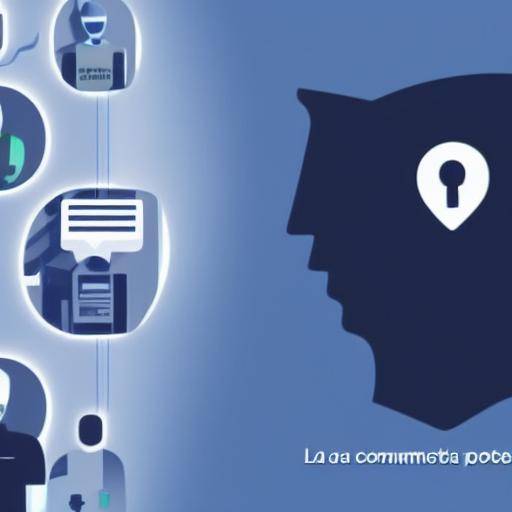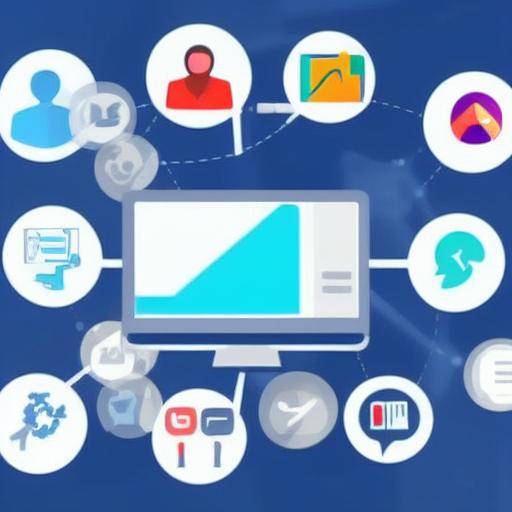
In the era of technology and digital interconnection, asynchronous communication has emerged as a powerful tool that transforms personal relationships. Unlike synchronic communication, which occurs in real time, asynchronous allows individuals to interact without the need for an immediate response. This article explores in depth the impact of asynchronous communication on personal relationships, highlighting both its benefits and challenges in the context of current technology.
Introduction
The way we communicate has evolved with the advance of technology. Asynchronous communication, which includes emails, text messages, social media and other digital media, has redefined how we relate to each other. This change has generated a significant impact on interpersonal dynamics and deserves a detailed analysis.
In this article, we will explore the historical origins of asynchronous communication, its influence on personal relationships, the benefits and challenges it presents, as well as future projections of its impact. In addition, we will provide valuable practical advice and expert recommendations to maximize the benefits of this form of communication. Join us on this journey to deep understanding of asynchronous communication and its role in personal relationships in the digital age.
History and Background
To fully understand the impact of asynchronous communication, it is crucial to place ourselves in its historical context and explore its evolution over time. The emergence of written communication in the form of letters and messages transmitted through messengers marked the beginning of asynchronous communication. However, with the arrival of modern technology, this form of communication has expanded exponentially.
The introduction of e-mail at the end of the twentieth century marked a significant milestone in the evolution of asynchronous communication. As technology continued to advance, text messages, social networks and instant messaging platforms became key pillars of interpersonal communication. These advances have radically transformed the way we communicate and relate to each other, providing new opportunities and challenges.
Analysis in Deep
When examining the impact of asynchronous communication on personal relationships, it is important to consider both its benefits and its challenges. On the one hand, asynchronous communication allows greater flexibility, allowing people to respond in their own times and contribute to the elimination of geographical barriers. This form of communication also encourages careful reflection and elaboration of responses, which can strengthen the quality of interactions.
However, the lack of immediacy in asynchronous communication can generate misunderstandings and difficulties in interpreting the tone and intent behind the messages. In addition, overexposure to digital communication can emotionally distance people and hinder the creation of deep connections. It is essential to address these challenges to maximize the benefits of asynchronous communication in personal relationships.
Applications and Best Practices
The influence of asynchronous communication extends beyond personal relationships, shaping professional interactions and collaborations. In the workplace, tools like emails and project management platforms facilitate efficient communication and information sharing, enabling teams to collaborate across different time zones and schedules. Best practices for asynchronous communication in professional settings include setting clear expectations for response times, leveraging project management tools, and cultivating a culture of mindful communication.
Future Trends and Predictions
As technology continues to advance, the impact of asynchronous communication on personal relationships will likely undergo further transformations. The integration of artificial intelligence (AI) and natural language processing in messaging platforms may enhance the interpretation and expression of emotions in asynchronous communication, mitigating the challenges associated with emotional ambiguity.
Moreover, virtual reality (VR) and augmented reality (AR) have the potential to revolutionize asynchronous communication by creating immersive and interactive digital environments for social interactions. These advancements are expected to enrich the quality of virtual interactions and bridge the gap between physical and digital communication.
Conclusion
In conclusion, the impact of asynchronous communication on personal relationships is multifaceted, with significant implications both in personal and professional contexts. The rise of asynchronous communication has redefined the way we relate and collaborate, offering a unique combination of flexibility and emotional challenges.
In addressing these challenges, it is crucial to adopt balanced approaches that foster healthy and meaningful asynchronous communication. In doing so, we can maximize their benefits and minimize their disadvantages, creating deeper and more meaningful connections in the digital era.
If you are interested in further exploring these topics, we invite you to immerse yourself in the external resources provided below. In addition, to answer your common questions about asynchronous communication, personal relationships and technology, we have prepared a FAQ section that will surely provide you with a more comprehensive understanding of these topics.
FAQs
1. What is the difference between asynchronous communication and synchronic communication?
Asynchronous communication involves interactions in which participants are not present simultaneously, such as emails or text messages. On the contrary, synchronous communication takes place in real time, such as phone calls or videoconferencing.
2. How does asynchronous communication affect the quality of personal relationships?
Asynchronous communication offers flexibility and time to reflect, which can strengthen the quality of interactions. However, the lack of immediateness can hinder the interpretation of the tone and the intention behind the messages, affecting the quality of the relationships.
3. What are some best practices to improve asynchronous communication in personal relationships?
Setting clear expectations for response times, practicing empathy when interpreting messages and fostering open and honest communication are key practices for improving asynchronous communication in personal relationships.
4. What role does technology play in the evolution of asynchronous communication?
Technology has allowed the development of platforms and tools that facilitate asynchronous communication, providing people with the ability to connect at times and places

